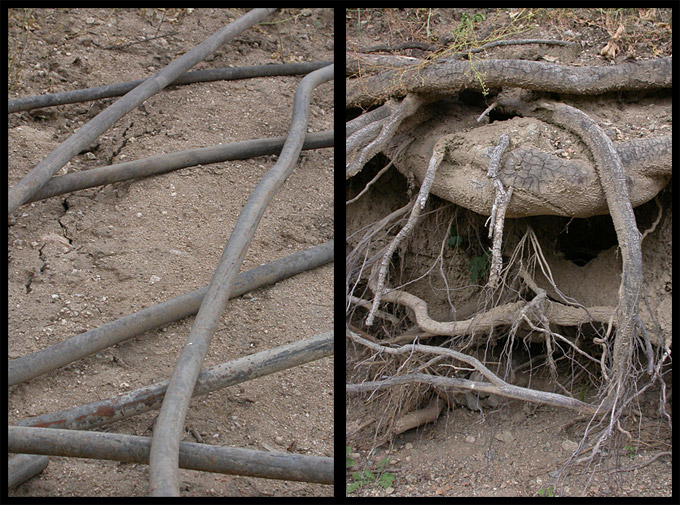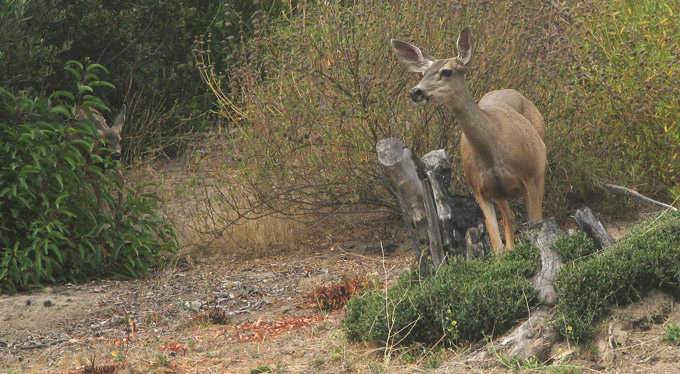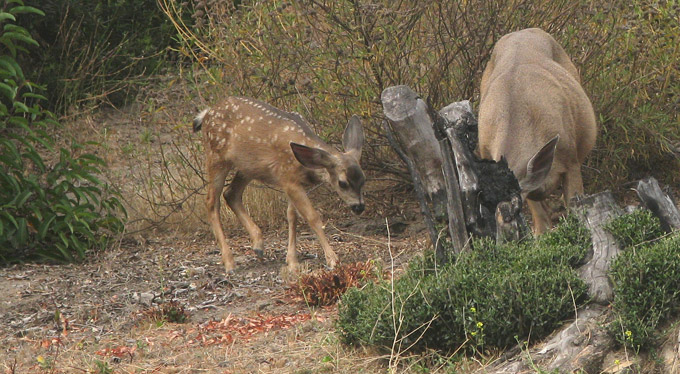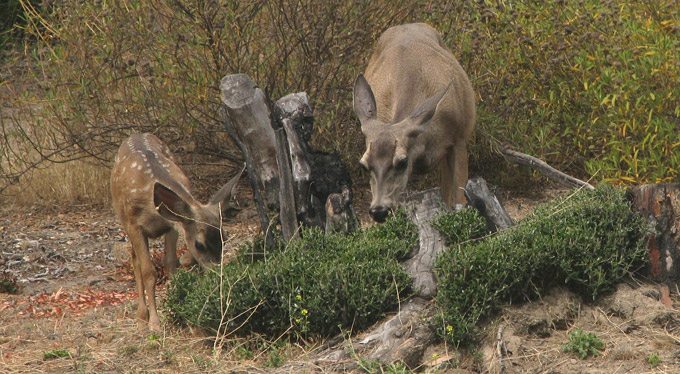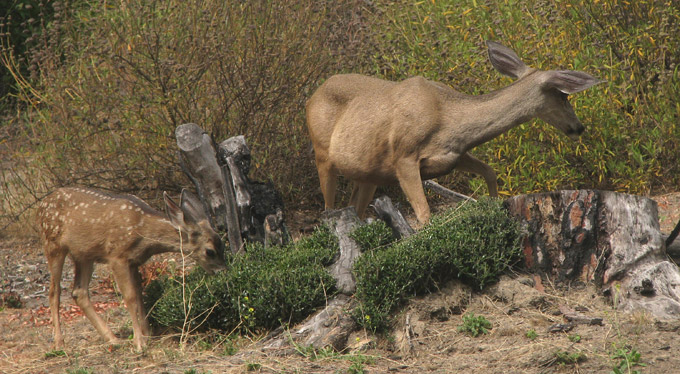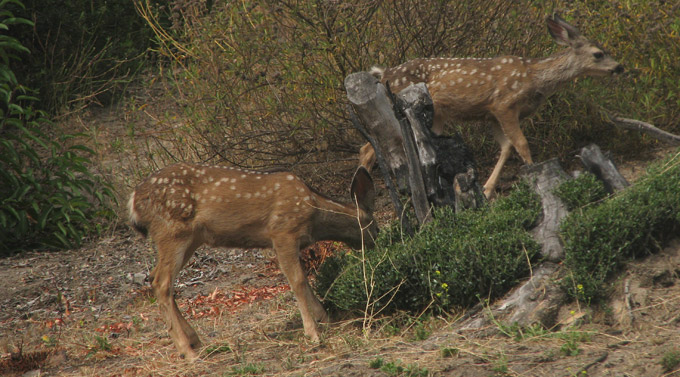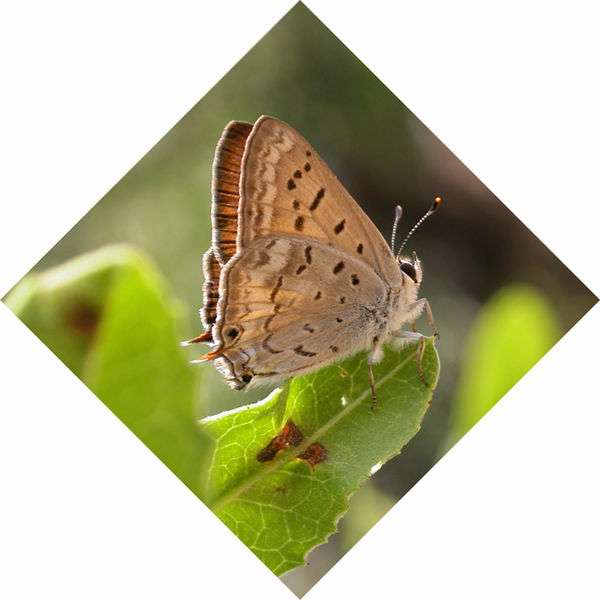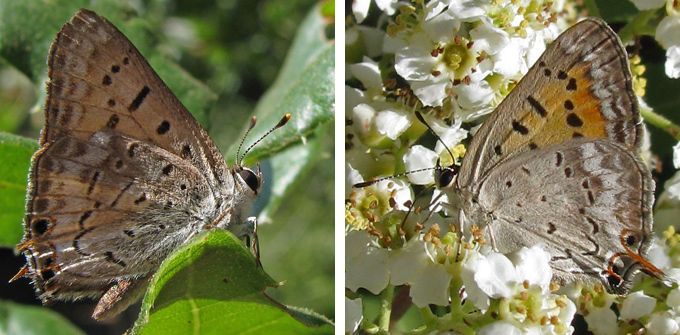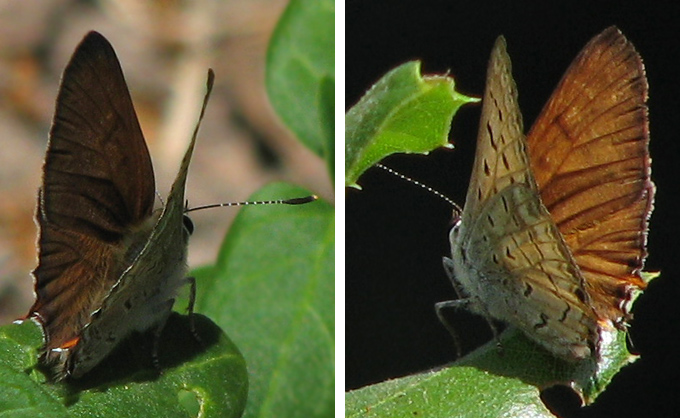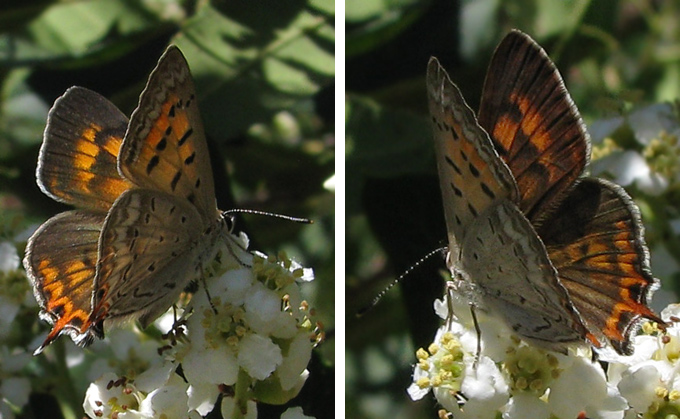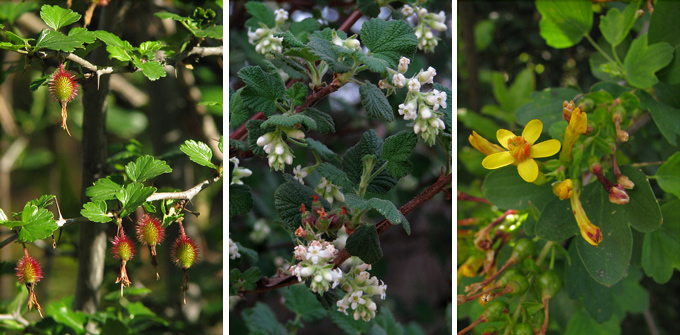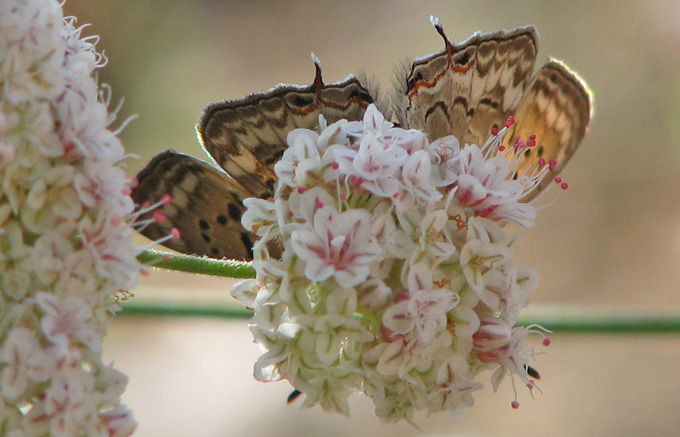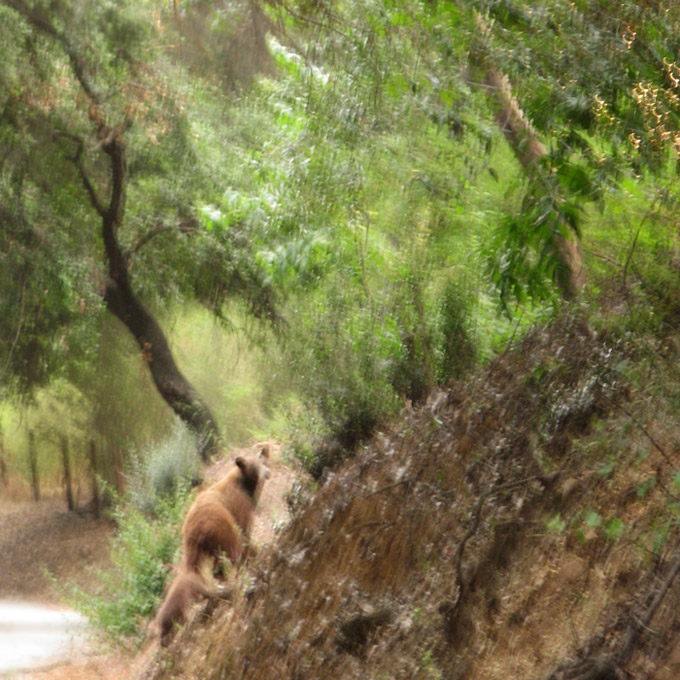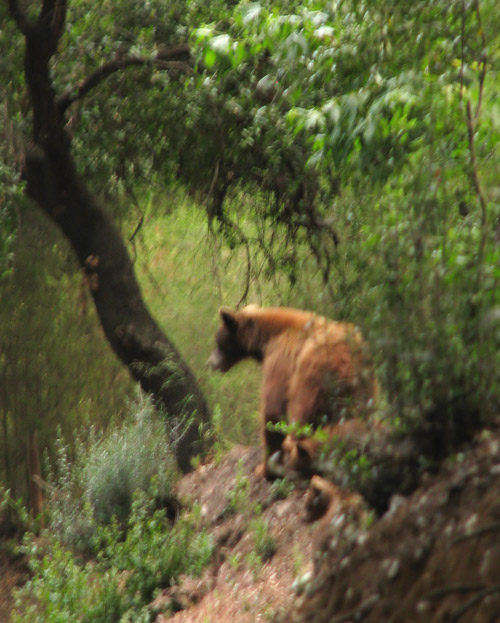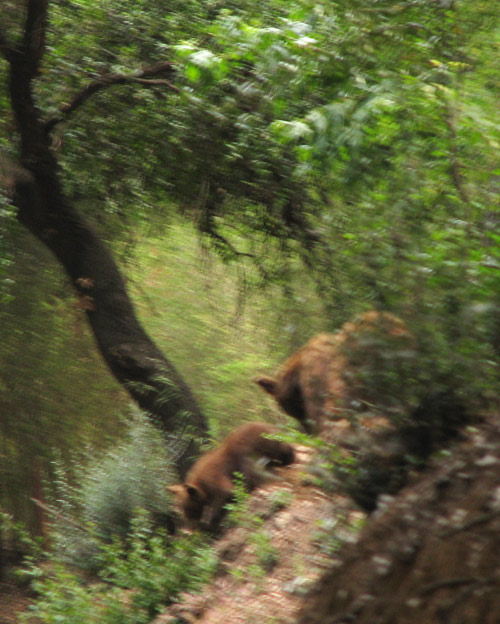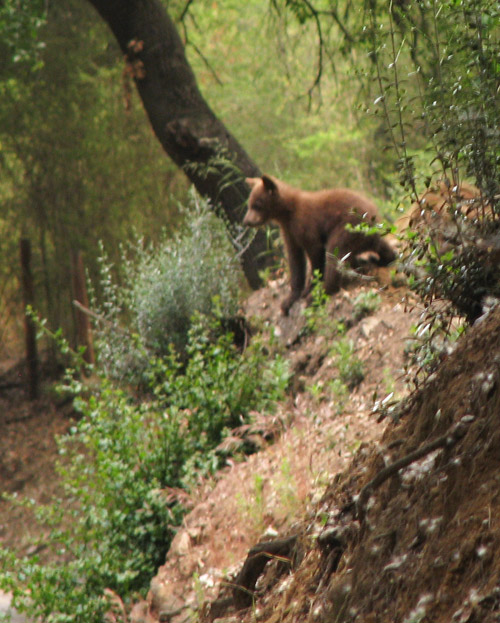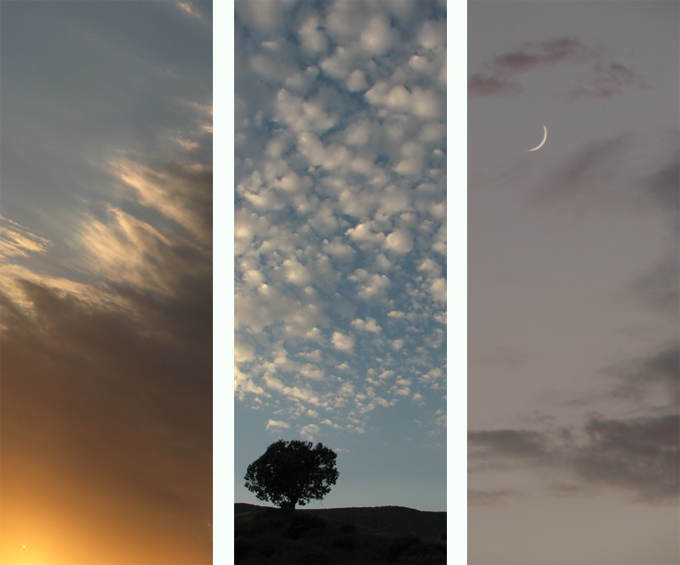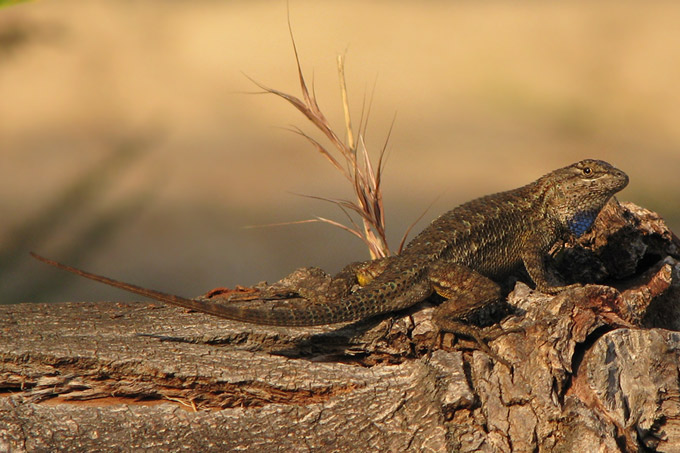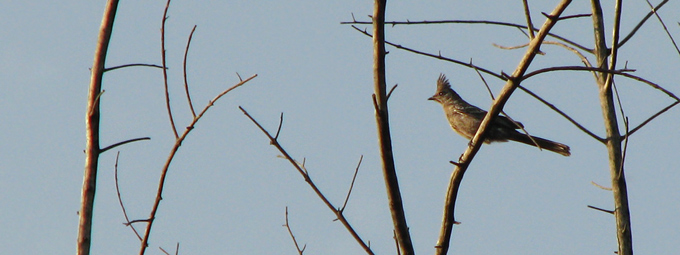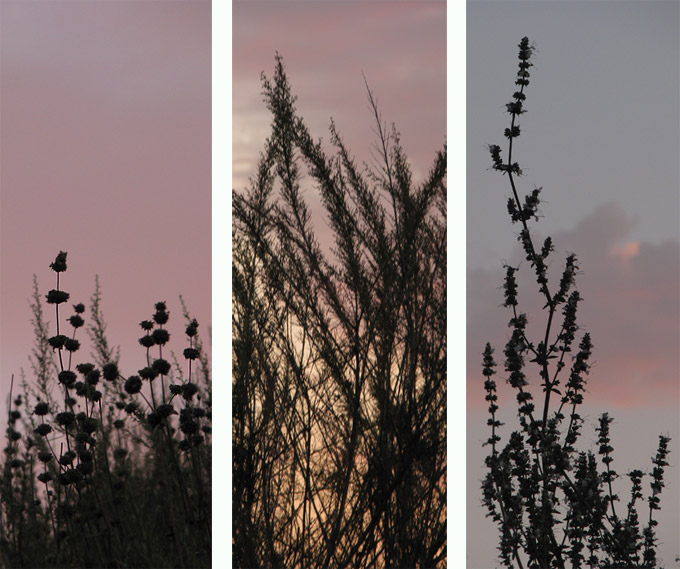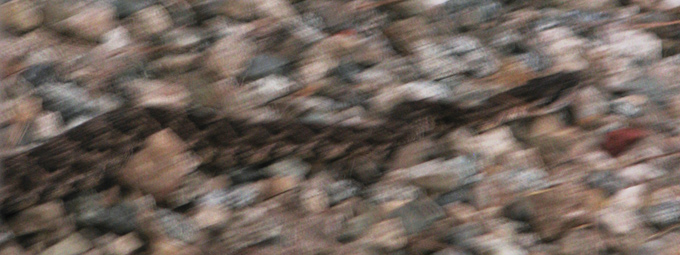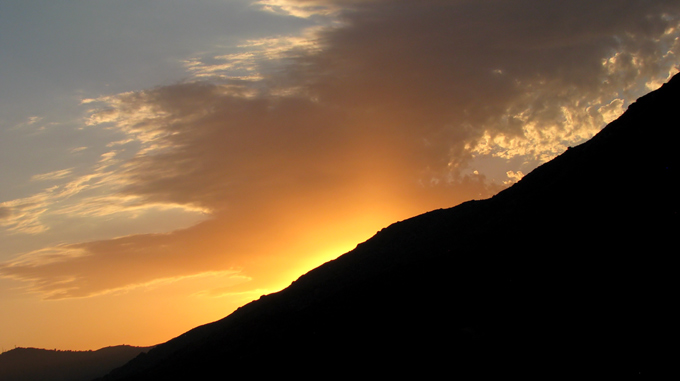Moments after our awesome bear sighting on the 4th, we were cresting the top of a steep rise further on down the same road…
“Deer”, I said.
“To the right.”
This is my typical shorthand way of informing my husband of impending wildlife on the road as he drives. It’s usually not necessary as he’s just as good at spotting the critters as I am, but I figure it doesn’t hurt to have two sets of eyes looking. Especially at this time of year, we encounter so many deer, rabbits, and ground or tree squirrels that you really have to drive slow and be mindful in order to avoid the unthinkable.
The deer around here seem to have any number of ways of reacting to our oncoming vehicle. Sometimes, they will bound swiftly off the road, boing-boing-ing their way off into the brush or up a steep hillside. Other times, they seem uncertain of what to do, meandering in the middle of the road or crossing one way then back the way they came. Then, there are those times when they freeze and just watch our slow approach.
The deer we were nearing at the top of the hill had a choice to either go down a very steep embankment behind her, cross the road and go up an equally steep embankment on that side, or run up the middle of the road in front of us. But, as she was a little ways off the road and (perhaps) imagined herself somewhat concealed in the high grass, she chose the option of just standing very still and waiting for us to pass. As we steadily inched our way forward, my camera still in-hand from filming the bears, I hatched an idea. I have photographed at the spot we were nearing on so many occasions and I could see in my minds’ eye the position of the deer relative to the view behind it. A view that overlooked the property where we live and beautifully showcased the canyon and the foothills beyond. I rolled my window all the way down, and as we moved past the deer, I managed to take this photo:
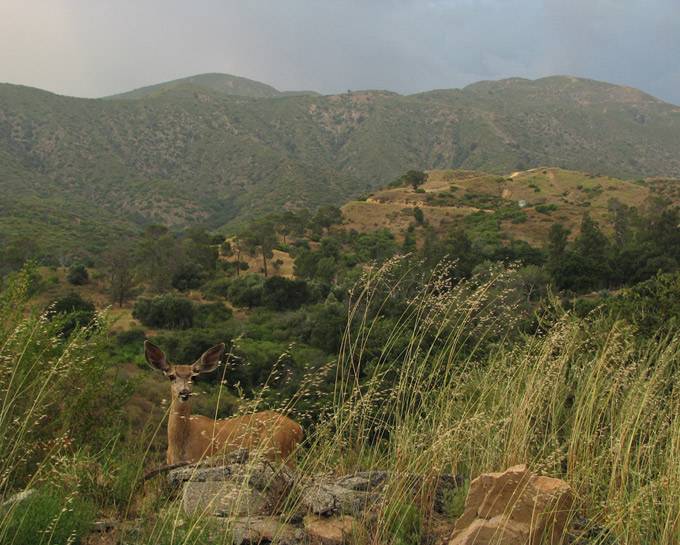
I have many, many images taken from this point on the road, looking out over the same view. But, none of them makes me quite so happy as this one. The Mule Deer in the foreground. In the distance, glimpses of the trails behind our cabin. Trails that I have walked thousands of times.
Some photos are more than the sum of their parts. They are a feeling that cannot be explained and may very well not even exist for anyone but the photographer. They capture not only the visual information of what the camera sees, but also somehow find a way to capture the essence of what it was like to witness the scene for yourself.
Well, anyway… sorry for the rambling and philosophizing.
Mostly, I hope you enjoyed the photo.
It’s better than my words.
*GRIN*
